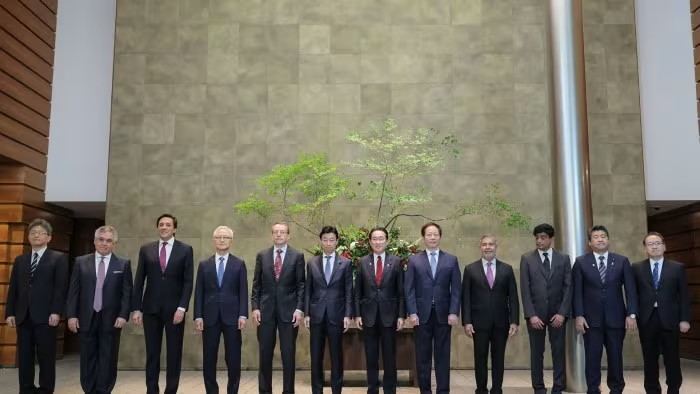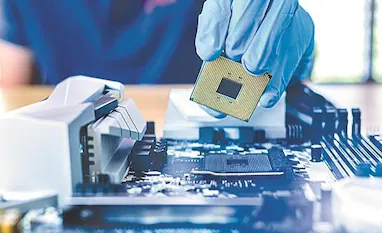Major Japanese semiconductor companies, including Sony Group and Mitsubishi Electric, plan to invest approximately 5 trillion yen ($31 billion) by 2029. This significant investment aims to enhance production of power devices and image sensors.

Key Players and Investment Breakdown
The investment plans from fiscal 2021 to 2029 involve eight major chipmakers: Sony Group, Mitsubishi Electric, Rohm, Toshiba, Kioxia Holdings, Renesas Electronics, Rapidus, and Fuji Electric. These companies aim to revitalize Japan’s domestic chip industry by focusing on power semiconductors, sensors, and logic chips—critical technologies for AI, decarbonization, and electric vehicles.
Rising Capital Investments in Semiconductor Manufacturing
According to a Ministry of Finance survey, capital investment in semiconductor manufacturing and communication equipment grew by 30% over five years, reaching 2.1 trillion yen in fiscal 2022. The semiconductor sector’s share of overall manufacturing investment increased to 13%, becoming the third largest, after transportation machinery and chemicals.

Sony’s Strategic Investments
Sony Group is set to invest around 1.6 trillion yen from fiscal 2021 to 2026, primarily to boost image sensor production. Strong demand from smartphone cameras and other products, along with applications in autonomous driving and surveillance, drives this investment. Sony has also established a new facility in Nagasaki and plans a new plant in Kumamoto.
Investments in Power Devices
With the growing demand for AI data centers and electric vehicles, Toshiba and Rohm are investing about 380 billion yen combined in power devices. Toshiba will increase production of silicon power devices in Ishikawa, while Rohm will enhance silicon carbide power device production in Miyazaki.
Mitsubishi Electric’s Expansion
Mitsubishi Electric plans to quintuple its silicon carbide power device production by fiscal 2026, investing approximately 100 billion yen in a new facility in Kumamoto. This move aims to compete with industry giant Infineon Technologies.

Historical Context and Government Support
Japan’s semiconductor market share, which was 50% in 1988, fell below 10% by 2017 due to heavy investments from South Korea and Taiwan. Recent U.S.-China tensions and pandemic supply chain issues have prompted Japan to focus on securing domestic chip production. Rapidus aims to produce cutting-edge 2-nanometer logic semiconductors by April 2025, supported by significant government funding.

Future Projections
The Ministry of Economy, Trade, and Industry targets over 15 trillion yen in sales of domestically produced semiconductors by 2030. The Japanese government has allocated substantial subsidies to support this growth, with the semiconductor market share showing signs of recovery.
Analyst Insights
Akira Minamikawa, a senior analyst at Omdia, predicts continued growth and recovery for Japanese semiconductor production, with significant investments ensuring a positive trajectory post-2024.










